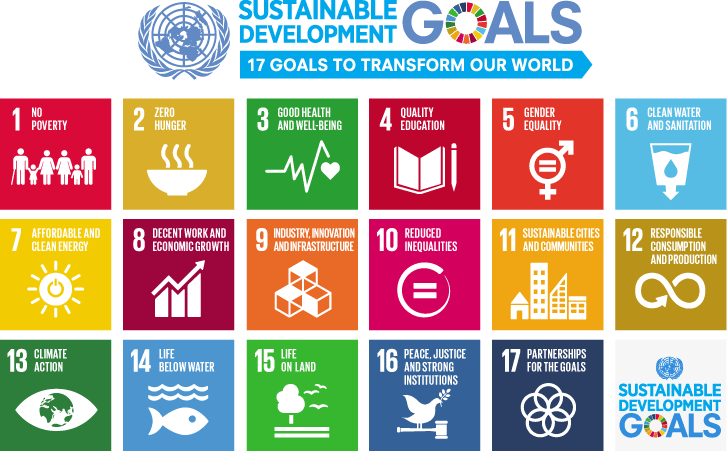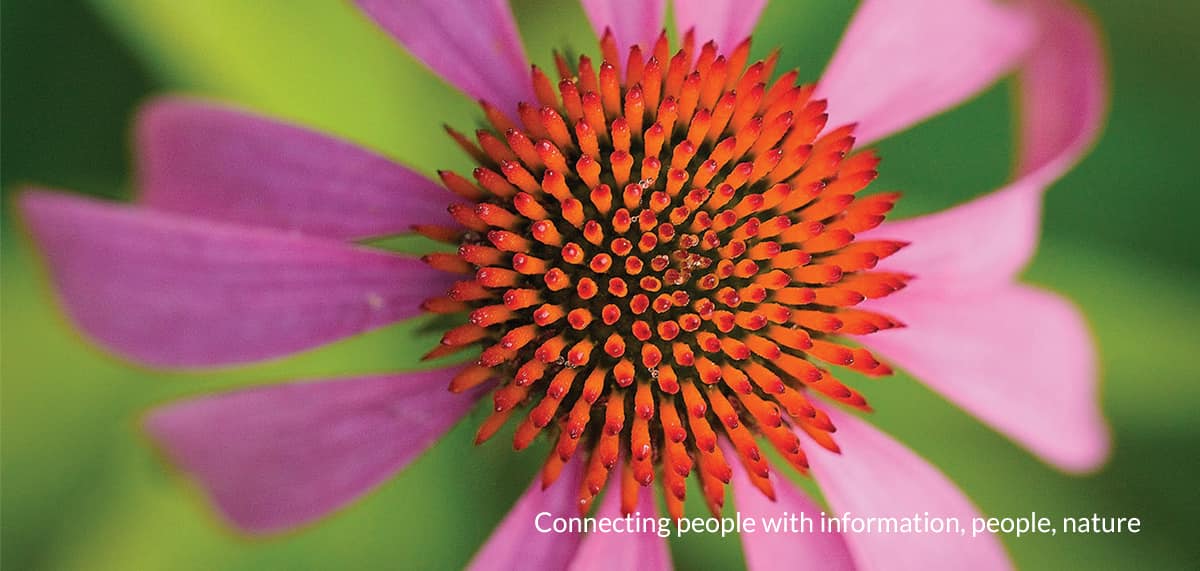Tag: Landscape Architecture
-

From Maps to Morals: Landscape Architecture’s Critical Point
Image: ‘Climate Emergency’. A Public Domain imageIn a world marked by increasing urbanization, changing climate patterns, and escalating consumption of finite resources, the role of landscape architecture is evolving to meet the challenges of the 21st century. Beyond creating aesthetically pleasing outdoor spaces, landscape architects can embrace a more profound mission: humanitarianism. In today’s rapidly […]
-

Sustainable Development Goals and the Role of Landscape Architecture
In today’s world, achieving sustainable development is crucial for creating a better future for all. The United Nations’ Sustainable Development Goals (SDGs) provide a roadmap for addressing global challenges and improving social, economic, and environmental well-being. Here we will explore the vital role of landscape architecture in advancing the SDGs and creating a sustainable future […]
-

Healing Landscapes: How Nature Can Improve Our Health and Well-being?
Landscape architects are increasingly designing spaces specifically for therapeutic purposes. Therapeutic landscapes are outdoor spaces that are intentionally designed to promote healing and well-being. They can include gardens, parks, and other green spaces, and are often used in healthcare facilities, schools, and other settings to help reduce stress, promote relaxation, and improve overall health. If […]
-
Better Urban Planning Needed To Dodge Disasters
Check out the article “Better Urban Planning Needed To Dodge Disasters” on IRIN With the world’s mega-cities growing even larger, policymakers (especially those in developing countries) need urban planning that will help these areas withstand the impacts of natural disasters. The article highlights: Developing world will have 4 billion in cities by 2030 Urban flooding […]
-
Rockaway Call for Ideas – Occupy the Dune, Balmori Associates
In an effort to foster creative debate on urban recovery in New York after Hurricane Sandy, MoMA PS1 and MoMA’s Department of Architecture and Design have asked for ideas to create a sustainable waterfront in Rockaway. Ideas were submitted in the format of a short video no longer than three minutes. The aim was to […]

